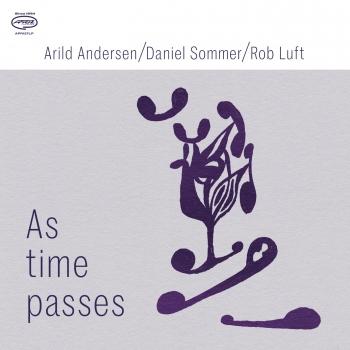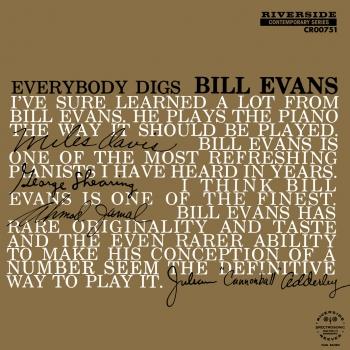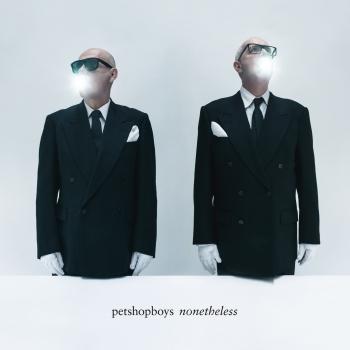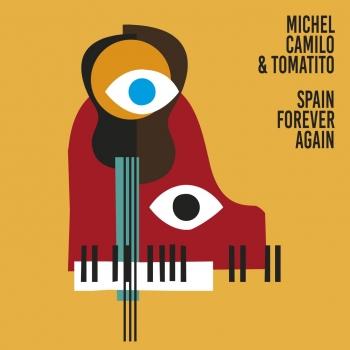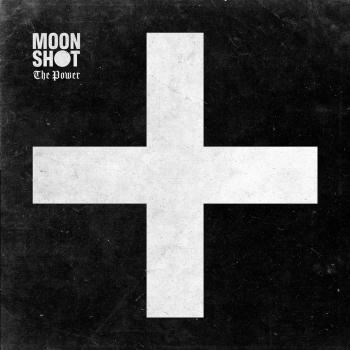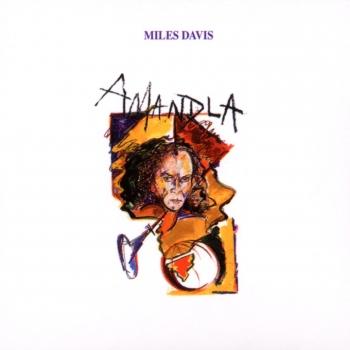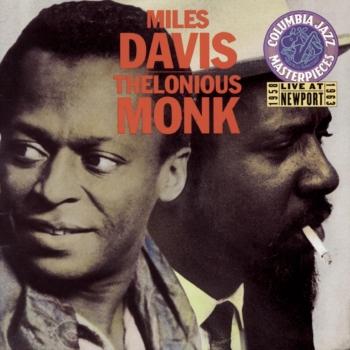
Doo-Bop (Remastered) Miles Davis
Album info
Album-Release:
1991
HRA-Release:
30.06.2012
Label: Warner Music Group
Genre: Jazz
Subgenre: Crossover Jazz
Artist: Miles Davis
Composer: Miles Davis, Easy Mo Bee
Album including Album cover
I`m sorry!
Dear HIGHRESAUDIO Visitor,
due to territorial constraints and also different releases dates in each country you currently can`t purchase this album. We are updating our release dates twice a week. So, please feel free to check from time-to-time, if the album is available for your country.
We suggest, that you bookmark the album and use our Short List function.
Thank you for your understanding and patience.
Yours sincerely, HIGHRESAUDIO
- 1Mystery04:46
- 2The Doo-Bop Song03:59
- 3Chocolate Chip05:07
- 4High Speed Chase04:41
- 5Blow04:44
- 6Sonya05:12
- 7Fantasy05:34
- 8Duke Booty04:40
- 9Mystery (Reprise)04:58
Info for Doo-Bop (Remastered)
This is the recording Miles Davis was working on when he checked into the hospital in mid-September of 1991. With his passing on the 28th of September, a major epoch in American music came to a close. Somewhere in the back of his mind he probably knew that he was living on borrowed time, because earlier that summer he'd finally consented to make a nostalgic return to the classic music that emerged from his collaborations with Gil Evans (MILES & QUINCY AT MONTREAUX). But as the contemporary sounds of DOO-BOP indicate, Miles Davis was incapable of sustained backwards glances.
As the rapology of J.R., A.B. Money and Easy Mo Bee on 'The Doo-Bop Song,' 'Blow' and 'Fantasy' indicates, Miles and his collaborators were still feeling each other out in terms of themes and context. The raps revolve around hangin' with the legendary Davis--let's dim the lights and get down with my man Miles. In terms of dance tracks, the Afro-Cuban airs of 'Blow' make it the most successful, while 'Fantasy' re-visits Clyde Stubblefield's much sampled 'Funky Drummer' beat--via the 'Red Clay' chord changes--with hip-happy results.
But many of the funky arrangements are a bitch, and Miles sounds funky, lyrical and relaxed. 'Chocolate Chip' recalls the ancient doo wop and R&B antecedents of modern funk, including a nod to James Brown, while 'Duke Booty' presents the modern perspective on funk. And 'High Speed Chase' anticipates the current acid jazz fascination with cool blues and boogaloo grooves of the Blue Note and CTI studio styles, as Miles blows bumblebee lines over fatback organ, vibes and a variety of street sounds.
'...a collector's piece...it is as hip, sexy, open and complex as the best of his work since he elected to turn to FM airplay music in the 1980's...' (B-Q)
'...This is a hip hop record....For younger ears weaned on modern beats, it's an inviting opening into one of the great cornucopias of American music....Like most everything Miles played, the music of DOO-BOP is cool and warm, beautiful and true...' (Musician Magazine)
Miles Davis, trumpet
Kei Akagi, keyboard
Deron Johnson, keyboard
A.B. Money, vocals
J.R., vocals
Easy Mo Bee, rap vocals
Producer: Easy Mo Bee
Recorded at Unique Recording, New York, New York
Engineers: Kirk Yano, Bruce Moore, John McGlain
Digitally remastered in 2011.
 Kaum ein anderer Musiker vermochte die Geschichte des Jazz derart nachhaltig zu beeinflussen, wie der am 26.05.1926 in Alton, Illinois geborene und in St. Louis aufgewachsene Miles Davis. Ohne den 'Prince of Darkness' wären die meisten Schlüsselentwicklungen des Jazz ab 1950 undenkbar gewesen. Mit unnachahmlicher Intonation und sparsamer melodischer Gestaltungskraft hat sich der Trompeter den Status einer Pop-Ikone erspielt.
Kaum ein anderer Musiker vermochte die Geschichte des Jazz derart nachhaltig zu beeinflussen, wie der am 26.05.1926 in Alton, Illinois geborene und in St. Louis aufgewachsene Miles Davis. Ohne den 'Prince of Darkness' wären die meisten Schlüsselentwicklungen des Jazz ab 1950 undenkbar gewesen. Mit unnachahmlicher Intonation und sparsamer melodischer Gestaltungskraft hat sich der Trompeter den Status einer Pop-Ikone erspielt.
Seine ersten wichtigen Gehversuche machte Miles in New York, wo er mit seinem musikalischen Vorbild Charlie Parker zusammentraf, in dessen Band er umgehend spielte. 1948 leitete der Trompeter bereits seine eigene Band, die mit Arrangements von Gil Evans zu den 'Birth Of The Cool'-Sessions führte. Neben seinen freelance Arbeiten gründete Miles Davis 1955 sein erstes Quintett bestehend aus Red Garland, Paul Chambers, Philly Joe Jones und John Coltrane. In den Jahren 1963-68 formierte er das zweite große Quintet, in welchem der junge Wayne Shorter am Saxophon brillierte (mit Herbie Hancock, Ron Carter und Tony Williams).
Die späten 60-er Jahre brachten unter Miles' Impuls die Wende hin zum Jazz Rock. Alben wie 'Bitches Brew' und 'We Want Miles' stehen paradigmatisch für diese Zeit. In der ersten Hälfte der 70-er Jahre veränderte der Ausnahmetrompeter häufig die Besetzungen seiner Band. In großzügig angelegten Gruppenimprovisationen integrierte er die vormals 'jazzfremden' Tablas, Sitar und diverse Percussioninstrumente. Den Sound seiner Trompete veränderte er mit dem Einsatz eines WahWah-Pedals. Die psychedelisch anmutende Musik dieser Zeit polarisierte das Publikum, viele Fans des 'frühen Miles' wollten den neuen 'elektrischen' Weg nicht mitvollziehen, doch Davis zielte auf ein junges, experimentierfreudiges Publikum.
Nach längerer Zurückgezogenheit aufgrund von Drogenproblemen kehrte der 'Prince of Darkness' in den frühen 80-er Jahren mit jungen Musikern zurück, seine Band wurde zum Sprungbrett für die wichtigsten Karrieren des aktuellen Jazz. Unter seinen Schülern waren John Scofield, Kenny Garrett, Darryl Jones und Marcus Miller. Der Bassist, Multi-Instrumentalist und Produzent Miller schuf mit Miles Davis die deutlich von der aktuellen Popmusik beeinflußten Spätwerke 'Tutu' und 'Amandla'. Diese Alben zeigen in vollendeten Produktionen das Hit-Potential des Trompeters, der in zahllosen Konzerten dieses Material immer neu als elektrisierender Improvisator präsentierte. Am 28.09.1991 starb der wichtigste Musiker des Jazz wenige Wochen nach seinem letzten Konzert an einer Lungenentzündung. Das posthum veröffentlichte Album 'Doo-Bop' wurde 1992 mit dem Grammy in der Kategorie 'Best R&B Instrumental Performance' ausgezeichnet.
This album contains no booklet.

